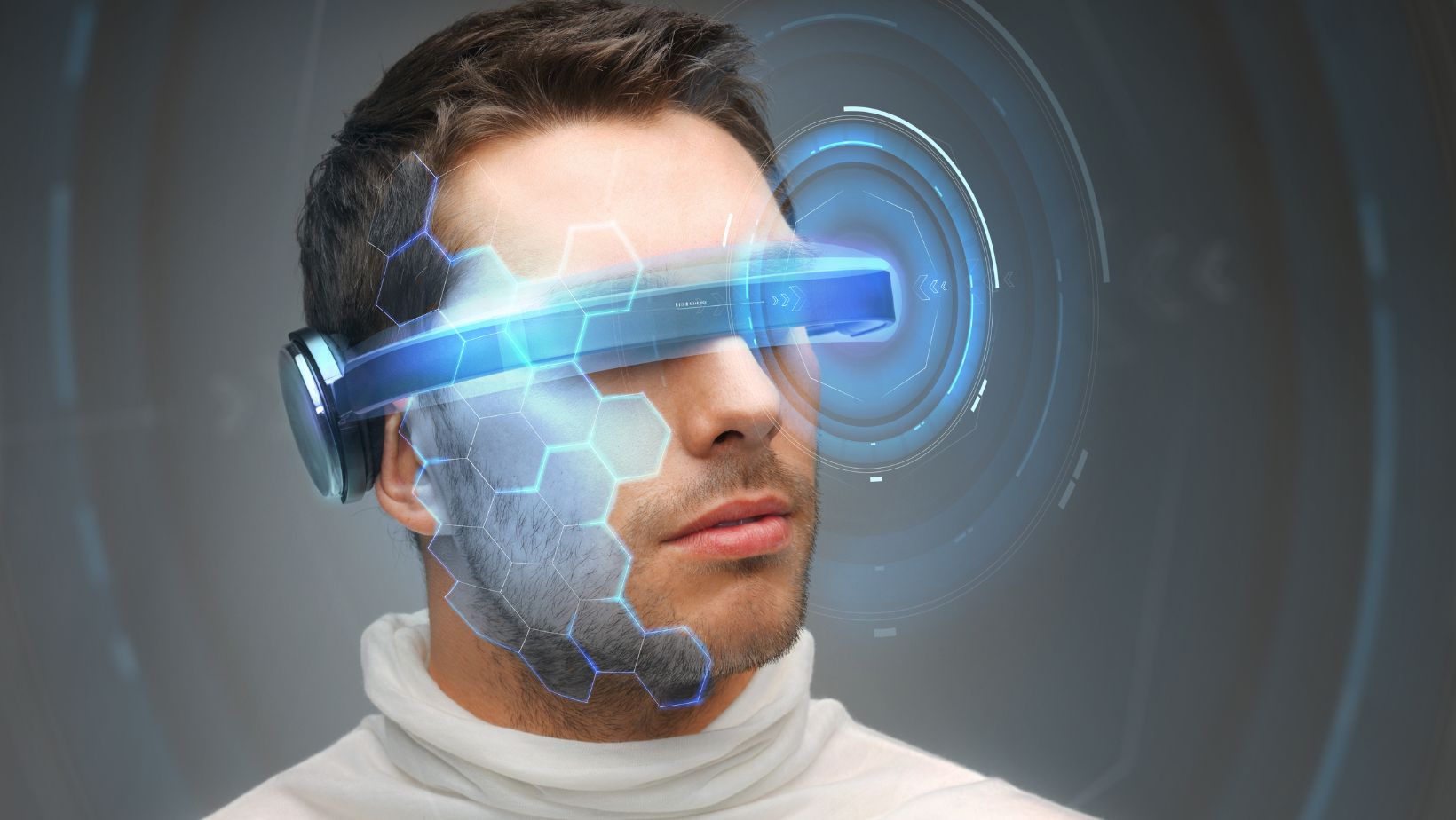As a tech enthusiast and sports fanatic, I’m always on the lookout for the latest innovations that are revolutionizing the world of athletics. From wearable devices that track performance metrics to virtual reality training simulations, emerging technology is reshaping how athletes train and compete. In this article, I’ll delve into the exciting intersection of sports and technology, exploring the cutting-edge tools and techniques that are pushing the boundaries of what’s possible in the sporting arena.
Gone are the days when success in sports relied solely on raw talent and hard work. Today, advancements in technology are providing athletes with a competitive edge like never before. Whether it’s biomechanical analysis for optimizing technique or AI-powered coaching systems for personalized training programs, the possibilities are endless. Join me as we uncover how these innovations are transforming the way sports are played, coached, and experienced by athletes and fans alike.
Emerging Technology In Sports
When it comes to emerging technology in sports, wearable devices have truly taken the athletic world by storm. As an athlete, I’ve experienced firsthand the benefits of using these tools for performance tracking.
Here are some key points to consider:
- Wearable devices such as smartwatches, fitness trackers, and even smart clothing have become essential for monitoring various metrics during training sessions and competitions.
- These devices can track heart rate, calories burned, steps taken, distance covered, sleep patterns, and even recovery time.
- By analyzing the data collected by wearable technology, athletes and coaches can make data-driven decisions to optimize training programs, prevent injuries, and maximize performance.

In the fast-paced world of sports, wearable technology has become an indispensable tool for athletes looking to gain that extra edge.
Virtual Reality Training Simulations
Virtual reality (VR) training simulations are revolutionizing the way athletes hone their skills, offering a realistic and immersive environment for practice. As an athlete, immersing myself in these virtual scenarios provides a unique opportunity to experience game-like situations without stepping onto the field. The emergence of VR in sports training has opened up new possibilities for enhancing performance and pushing physical and mental boundaries.
In virtual reality environments, I can engage in interactive drills and simulations tailored to my sport, helping me refine techniques and decision-making under pressure. The ability to simulate high-pressure game scenarios allows me to mentally prepare for competitive situations, giving me a competitive edge when it matters most. VR training not only improves my skills but also boosts my confidence and mental resilience on game day.
One of the key benefits of VR training simulations is the immediate feedback provided after each session. Analyzing my performance metrics in real-time helps me identify areas for improvement and track my progress over time. With this data-driven approach to training, I can optimize my workouts, correct errors in form, and adapt my strategies for peak performance. Incorporating virtual reality into my training regimen has truly elevated my game to the next level.

Biomechanical Analysis for Technique Optimization
Biomechanical analysis plays a crucial role in optimizing technique in sports. Collecting data on an athlete’s movements and mechanics allows for precise evaluation and feedback to enhance performance. Through sophisticated sensors and motion capture technology, detailed insights into movement patterns and biomechanics are obtained. This analysis identifies inefficiencies, areas for improvement, and helps prevent injuries by correcting faulty mechanics. Coaches and athletes can utilize this information to fine-tune skills and perfect techniques for better results.
Incorporating biomechanical analysis into training programs can significantly impact an athlete’s performance. Real-time feedback provided by these technologies enables athletes to make adjustments instantly, leading to quicker skill development and refinement. By focusing on specific aspects of technique, such as posture, joint angles, and force application, athletes can enhance their overall performance and achieve optimal efficiency in their movements. The integration of biomechanical analysis in sports training is revolutionizing how athletes refine their techniques and ultimately excel in their respective disciplines.
By embracing emerging technologies such as biomechanical analysis, athletes can gain a competitive edge and maximize their potential in sports. The insights provided through this analysis empower athletes to make informed decisions about their training regimens, allowing for customized and effective programs that target individual needs and goals. As technology continues to advance, the applications of biomechanical analysis in sports will only grow, shaping the future of athletic performance optimization.

